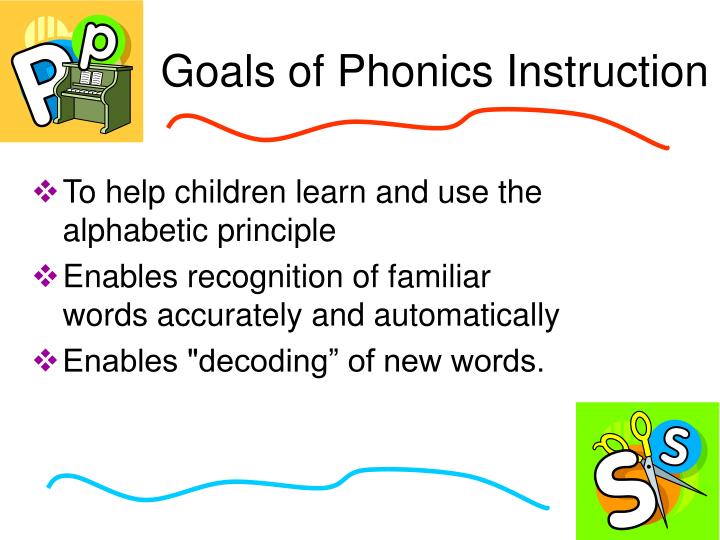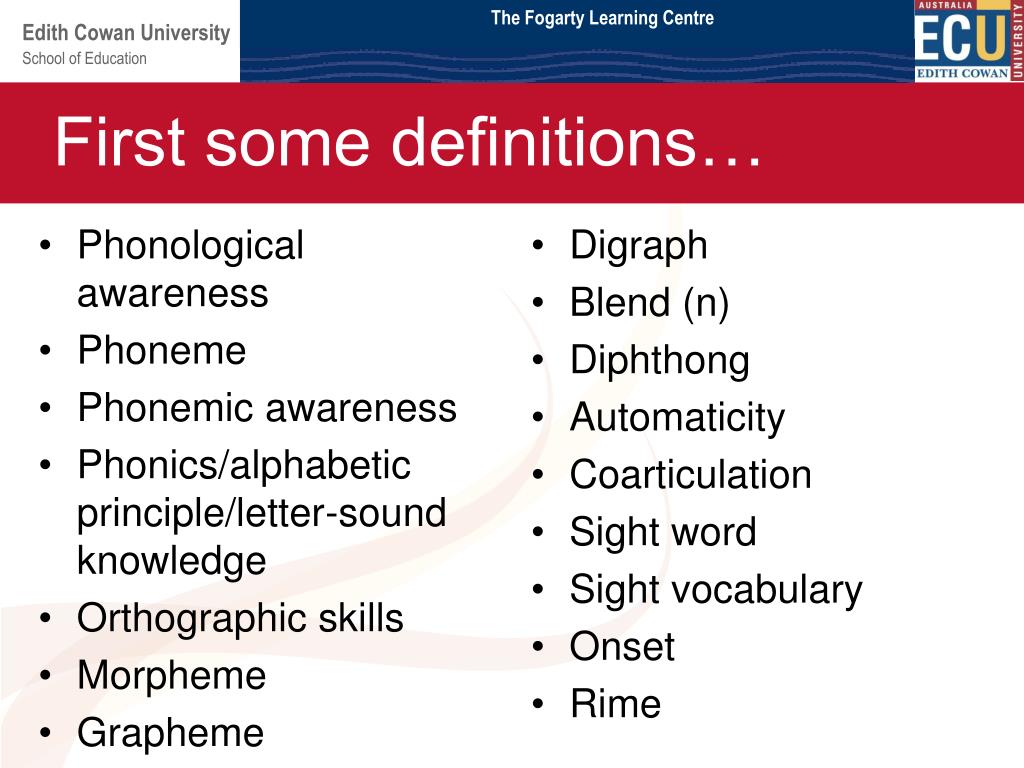

This project explored what types of images would be most relevant to the primary students in the Saanich School District and in particular those with Indigenous heritage. To better understand how the alphabetic principle fits into reading development, Ehri’s phases of reading development is a useful framework. At any rate, the alphabetic principle is a crucial bridge between phonemic awareness and orthographic mapping. Mnemonics, and more importantly embedded mnemonics, play an important role in helping students to make a link between the letter-sound associations. In reality, the process is more fluid than can really be described by discrete stages. By using multi-modal strategies like presenting information through the visual, auditory, tactilekinesthetic and even smell and taste senses, the process of storing information is more effective. Also, the likelihood that the information will be coded in long-term memory increases. Letter-sound correspondence, or the relationship of the letters in the alphabet to the sounds they produce, is a key component of the alphabetic principle and learning to read. What Is The Alphabetic Principle Connecting letters with their sounds to read and write is called the alphabetic principle. The research reported here is funded by awards to the National Center on Improving.

The ability to apply these predictable relationships to familiar and unfamiliar words is crucial to reading. From Phonological Awareness to Reading Words. When information is meaningful, engaging and it makes sense, our students are more likely to be engaged and attend to the process. Alphabetic principle is the idea that letters, and groups of letters, match individual sounds in words.

Brain research clearly shows that there are many factors that support the acquisition of skills and their retention in long-term memory. This is known as the alphabetic principle. Early literacy research identifies that one of the reasons for this is that children find it hard to memorize the link between the alphabet letter form and the sound. The plan of education and the learning rate are two critical issues regarding teaching in the alphabetic principle.Learning to read is a foundational skill for children to develop, but many find it challenging. The relationships between the letters of written language and the sounds of spoken language are taught in phonics instruction. In summary, the alphabetic principle is the concept that there are systematic and predictable connections between written letters and spoken sounds. If we expect them to read only after learning all the sound-letter relationships, they may become discouraged because their reading will be so slow and difficult. If we allow children to read unfamiliar words as soon as they have learned a few sound-letter relationships, their reading will be more efficient and enjoyable. The spellings m, a, t, s, p, and h are high utility because they represent various sounds (m), but the spellings x in the box, gh in through, ey in them, and a in want are of lower utility. That is, the spellings should have high utility. Learning the names of the letters of the alphabet, and the sounds they represent. This understanding is called phonemic awareness. The sound-letter relationships that are introduced early should allow children to work with words as soon as possible. The sequence of instruction should, in other words, be logical and consistent with children’s learning capabilities. then you are aware that a large part of their reading readiness instruction at school is focused on the alphabet. It can then introduce more single consonants and shorter vowel sounds, with one long vowel sound. Phonics instruction helps children learn the relationships between the letters of written language and the sounds of spoken language. Instruction should also distinguish between sounds for audible or visually confusing letters, such as /b/ and /v/ or /i/ and /e/. The alphabetic principle is the understanding that there are systematic and predictable relationships between written letters and spoken sounds. Stop sounds at the beginning or middle of words are more challenging for children to blend than are continuous sounds. It is also a good idea to begin instruction in sound-letter relationships by choosing consonants such as f, m, n, r, and s, whose sounds can be pronounced in isolation with the least distortion.

That is, the relationships that letters represent, and chosen, should have a lot of value. It is generally accepted that youngsters should begin reading words as soon as feasible. When to start introducing your child to reading.


 0 kommentar(er)
0 kommentar(er)
